Lotus is considering reintroducing the Elan name on a new drop-top sports car, as well as other models in a back catalogue that includes the Elite, the Europa and the Esprit.
The Elan name is said by sources at the Hethel-based firm to have a strong possibility of being revived in the next few years. Few of the details are known at this stage but insiders are said to be “very excited” by the proposed configuration of this car, which is expected to be positioned above the Lotus Elise as a two-seat convertible with more refinement, space and creature comforts to take on the Porsche Boxster. Despite this, the new car should stick to the classic Lotus traits of being lighter than rivals and among the best in its class to drive.
The company is developing an all-new, rivet-bonded platform to replace its two existing structures – with the Elise/Lotus Exige architecture dating back to 1995, and the Lotus Evora to 2008. The all-new platform, which is around two years away, will provide the basis for a new sports car range including the Elan.
The proposed new model would be the third-generation Elan; the first highly regarded version of this sports car series was introduced in 1962. The platform family on which it’s broadly based is the central plank of a new product cycle plan that’s part of Lotus’s 10-year ‘Vision 80’ strategy.
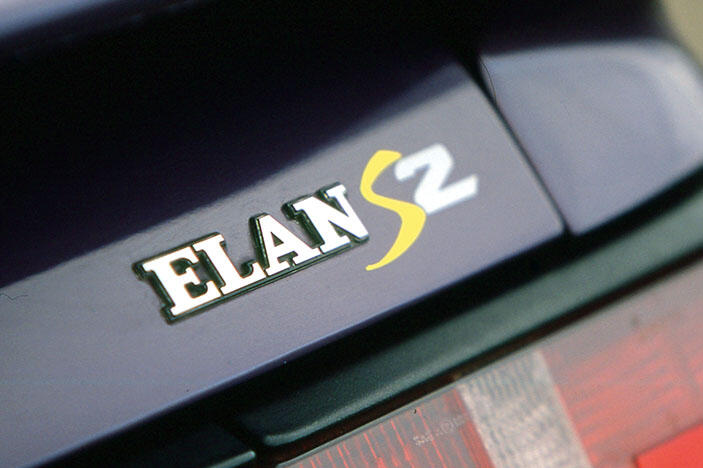
Before these newcomers, Lotus will launch the last variation on the current Evora platform, a new sports model. It will appear late next year as a very driver-focused package but it will also be significantly easier to get in and out of than current models and have much improved ergonomics. Alongside this, CEO Phil Popham has expressed a need to overhaul the brand’s rather limited connectivity technology, so we could see new Lotuses ditching the usual aftermarket stereo systems for a bespoke infotainment set-up.

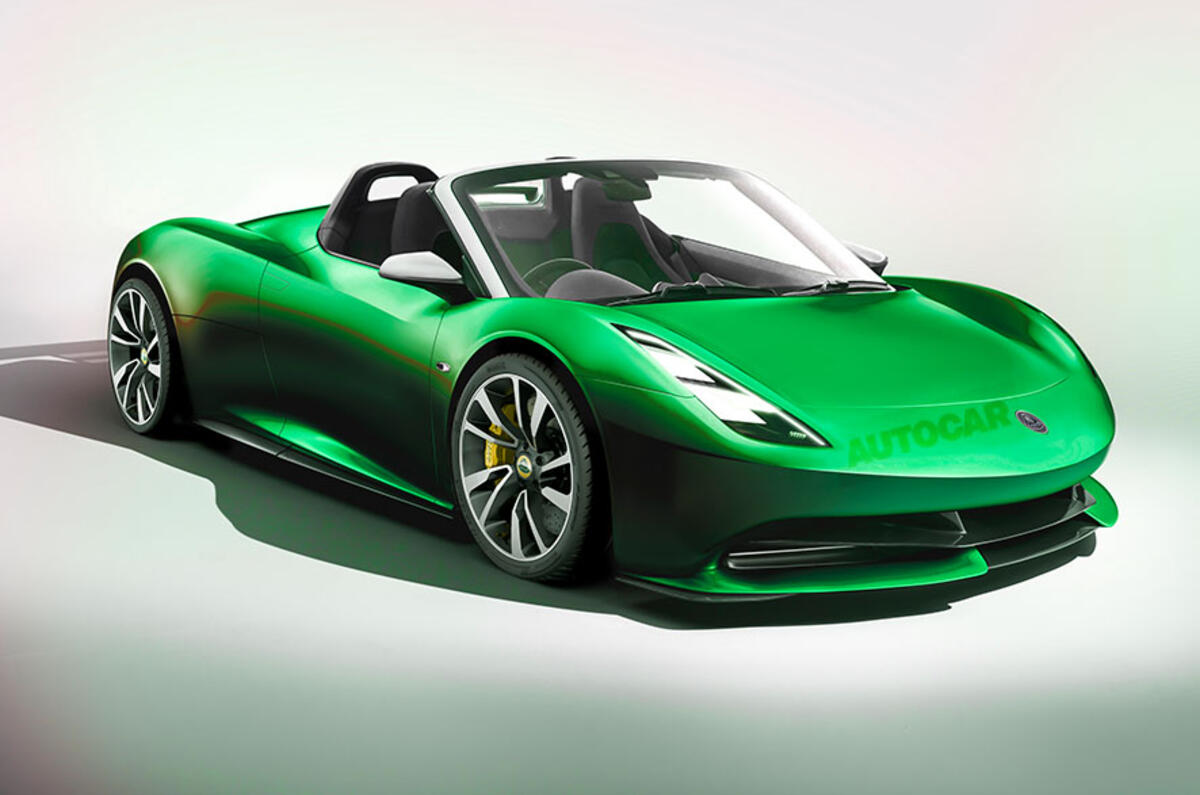







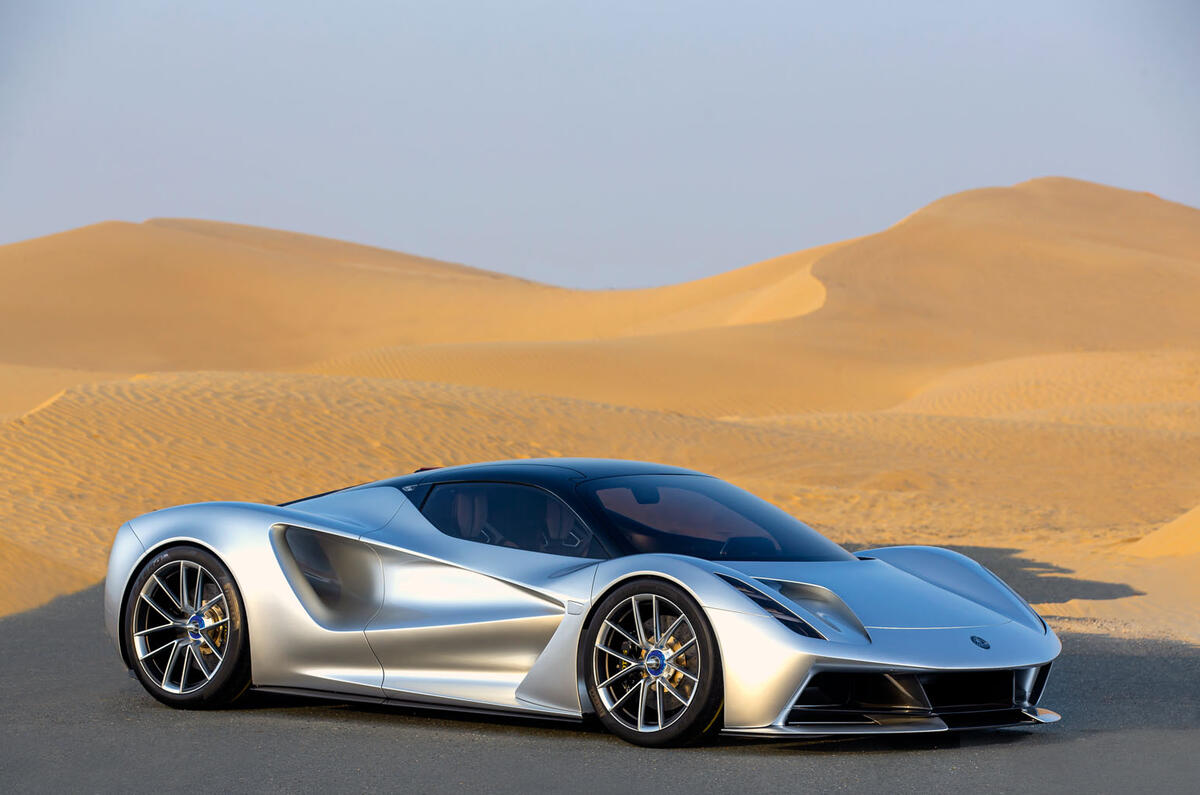














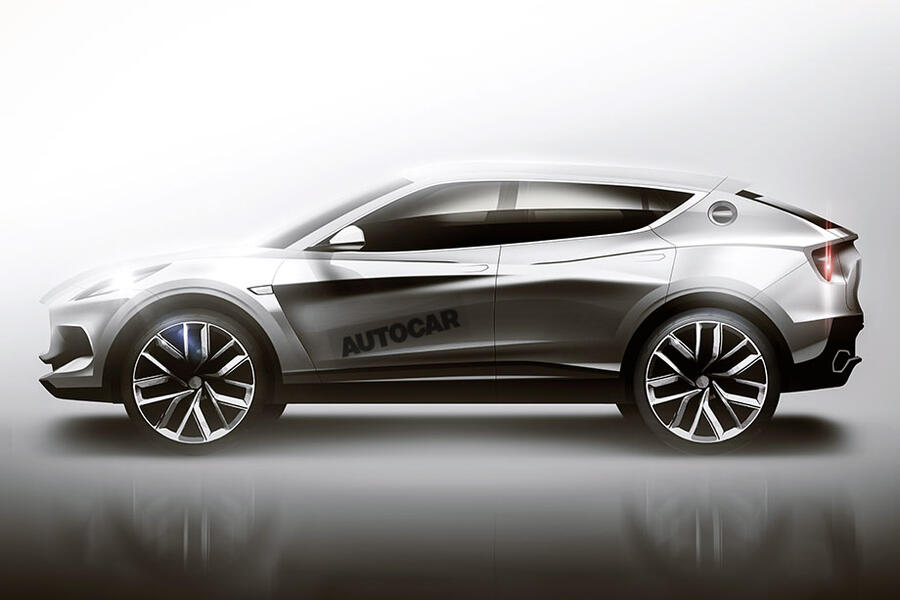
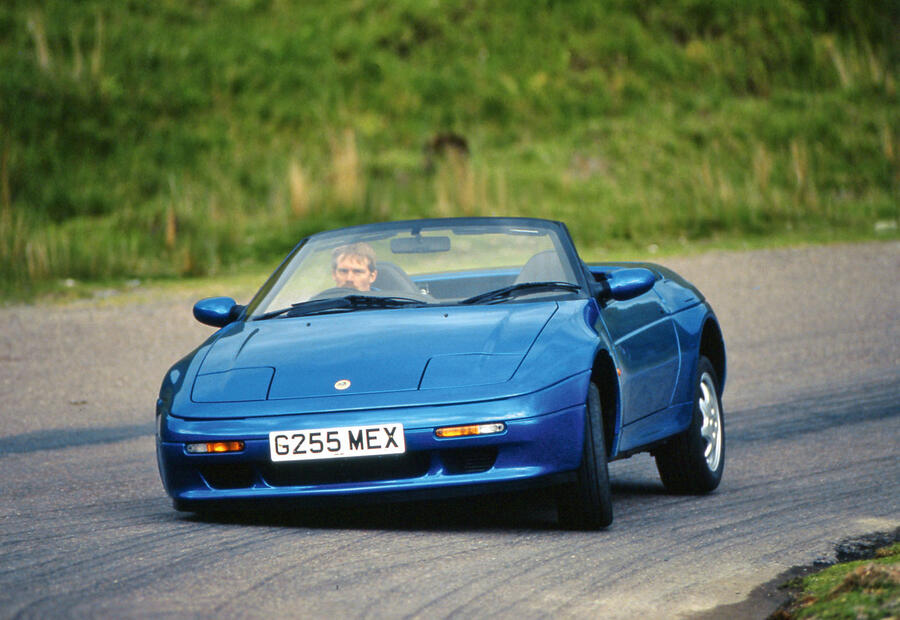
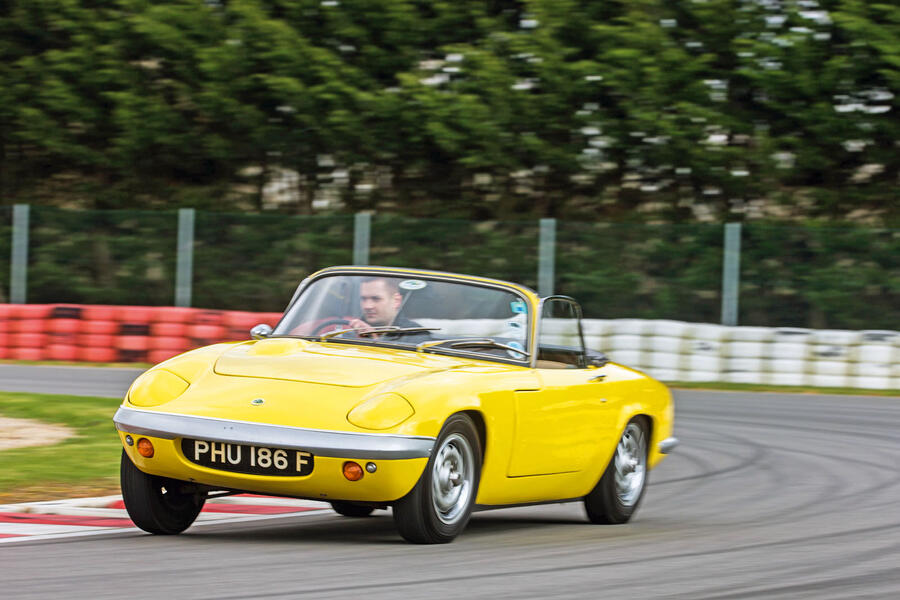


Join the debate
Add your comment
Pricing Pricing Pricing
It's all about pricing.
Nobody will pay more for a Ford than, say, a BMW even if they believe the Ford to be a better car.
Nobody will pay more for a Mercedes than a Rolls Royce,
There is a pecking order in car brands and Lotus has its place. It's just not up there with Porsche. So even in the unlikely event they come up with an Elan that's better than a Boxster, it won't sell at any more than, say, 90% of Boxster pricing. And, considering the lower volumes at which an Elan will sell, its hard to see how Lotus/Geely can make a business out of this. Current prices for new Elises are a joke and the idea that an Elan could command a higher price even funnier.
With Volvo it was different: higher image and pricing, solid reputation for reliability and safety.
Lotus? Not so much.
Robbo
Good luck to Lotus
Many people have forgotten, or don’t know, the many great achievements of the Lotus brand, thanks to their recent history of poor sales and an aging range, so it’s important, to many car enthusiasts at least, that they survive and have a bright future.
I’d love them to make an affordable, stripped out sports car to rival the MX-5, but as the current basic trim Elise is about as stripped out as you can get and still costs way over £30k, I find that unlikely. Maybe the Geely Group will help with development costs to make a car like that happen.
Aside from that, there have been lots of times I’ve looked for a certain niche of car only to be disappointed by the boring, formulaic cars out there. Maybe Lotus, as a low volume manufacturer, could achieve success providing those kinds of niche vehicles that appeal to the heart rather than the head and a wider audience (thus repeat the success of manufacturers like Mini, with a bit of clever, and possibly sentimental, marketing).
For example, a small 2 door sports saloon in the vein of old fast Fords such as the original Lotus Cortina or MK1 Escort Twin Cam, offering a simple, driver-focused experience (with a degree of practicality to make them ‘every day’ cars) rather than gadget-laden cars like the BMW 2 series.
I don’t think many would be brave enough to spend a lot of money on top-end luxury sports cars from Lotus just yet, so more affordable, cheaper cars are the way to go.
I wish Lotus well but if you
I wish Lotus well but if you look at year on year sales figures in Europe and the US for various sportscars with 5 figure prices, it's clearly a declining market, and the latest batch of 20-35 year-olds doesn't seem to me to have a high proportion of driving enthusiasts, at least anecdotally. They want Ubers and electronic toys, not the joys an Elan could deliver. If they keep the Elise or its replacement, then make the Elan more practical, which is where the MX-5 is a failure: very cramped accomodation, no door pockets, no glovebox, no centre console storage, just a hole between the seat-backs big enough for a beer can or two, and a very small boot.